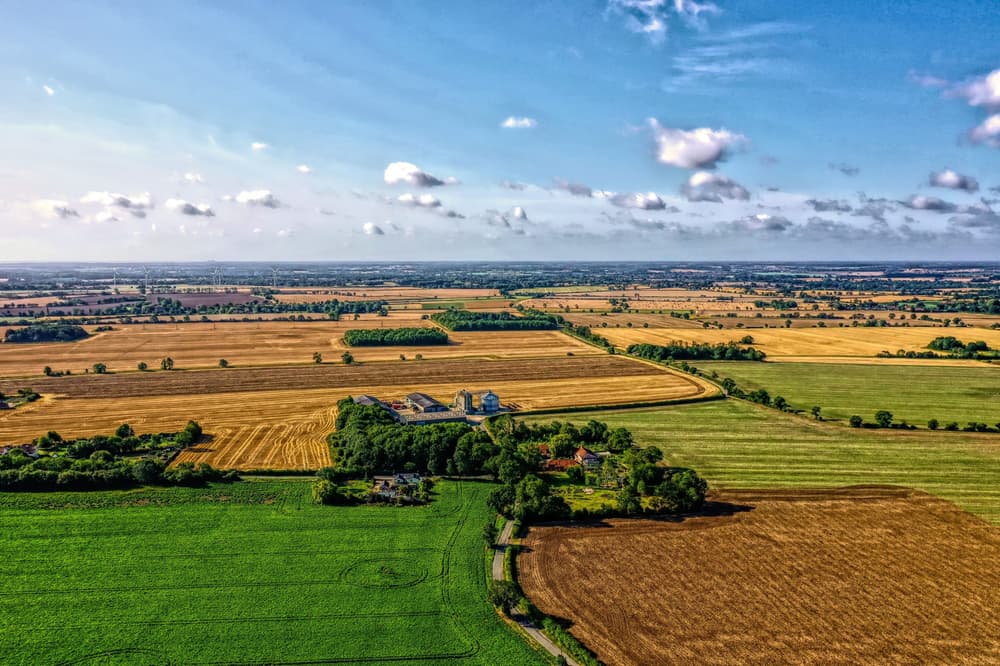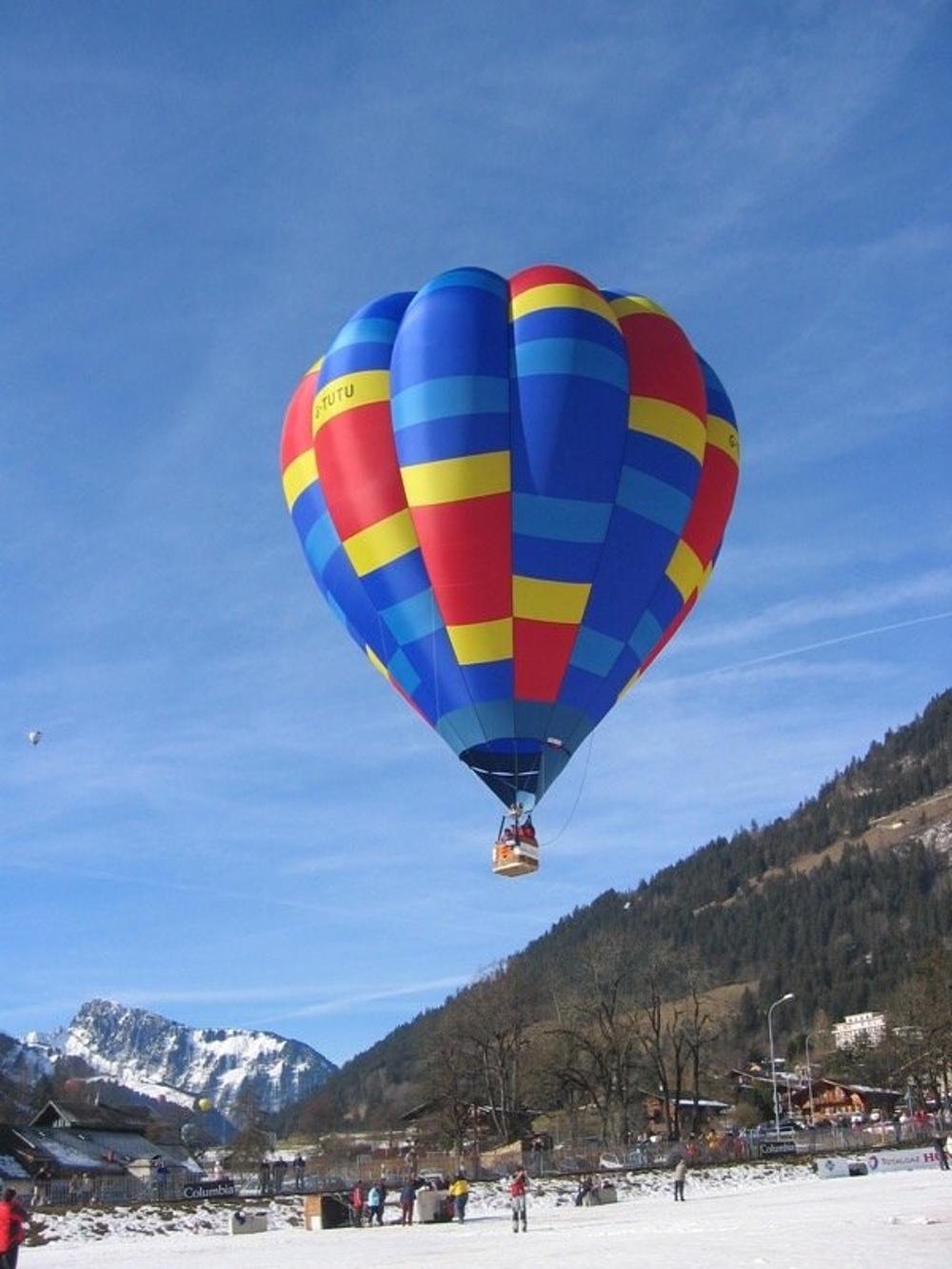
Fascinating Facts About Hot Air Ballooning
Hot air ballooning is more than just a leisurely adventure; it's a journey that combines history, science, and breathtaking vistas. As you float gently through the sky, suspen...
Read more



